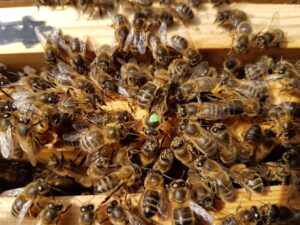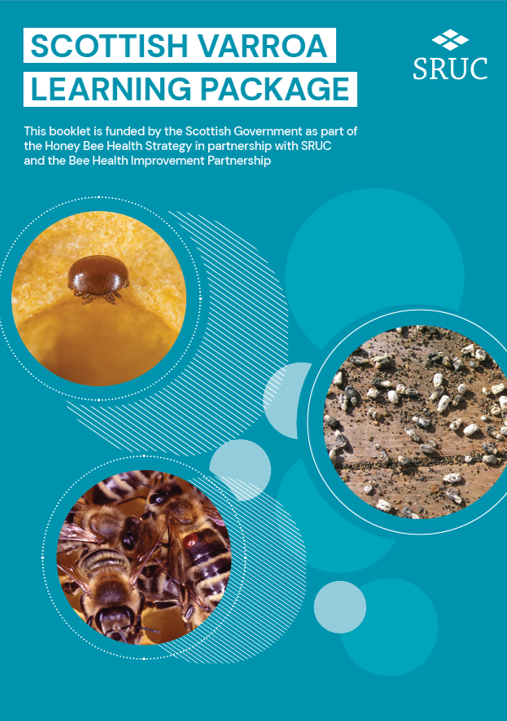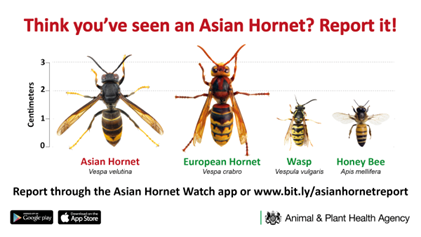Overview
Beekeeping Overview

Honeybees (Apis mellifera) are one species of a huge number of species of bees. There are, in addition, in the UK, 24 species of bumble bee and about 240 species of solitary bee. Bees gather nectar and pollen from the flowering plants to use as food and are important plant pollinators (plants need pollinating in order to form fruits and seeds).
There are about 2000 beekeepers in Scotland, most of whom are hobby beekeepers with typically one to a dozen hives. There are also about 30 Bee Farmers, i.e. beekeepers operating on a commercial or semi-commercial basis with up to several hundred hives.
Honeybees are the only true eusocial bees in the uk (social insects, caring for their young all the way through from egg laying to fully developed adult and capable of keeping a colony going on a continual as opposed to only on an annual basis like the semi-eusocial bumble bees). They live in large social groups called colonies. The honeybee colony is sometimes described as a superorganism, because it has much greater abilities than the individual bee.
There are 3 different types of bee in the colony, the queen, the only egg laying female in the colony, the workers, sterile females that form largest part of the colony population and the drones (several hundred), males, developed from unfertilised egg, whose sole function is to mate in flight with virgin queens.
Honeybees are the only bee species that has evolved the ability of bringing a large population through the winter (up to 8000), by storing honey to keep them alive when there are no flowers. This enables them to make a supercharged start in the Spring when the flowers appear again. The honeybee queen can lay over 1000 eggs per day and the colony can quickly build up to 40 or 50 thousand.
Honeybees are important and effective pollinators due to the large population sizes.
Honeybee colonies are kept in bee hives, constructed of either wood (often western red cedar or pine) or increasingly of high density polystyrene. The bee hive comprises a large brood box containing typically, 11 removable frames and smaller supers or honey boxes (again with removable frames), sitting on top of the brood box in which the bees store honey. The bees build honeycomb in the frames. The honeycomb is composed of hexagonal wax cells, made by the bees from their wax glands and is used to store honey (and pollen) and as cells for raising the young larvae into young bees. Honeybees produce large amounts of honey to fuel the colony and store surplus honey for winter. The beekeeper harvests some of the surplus




